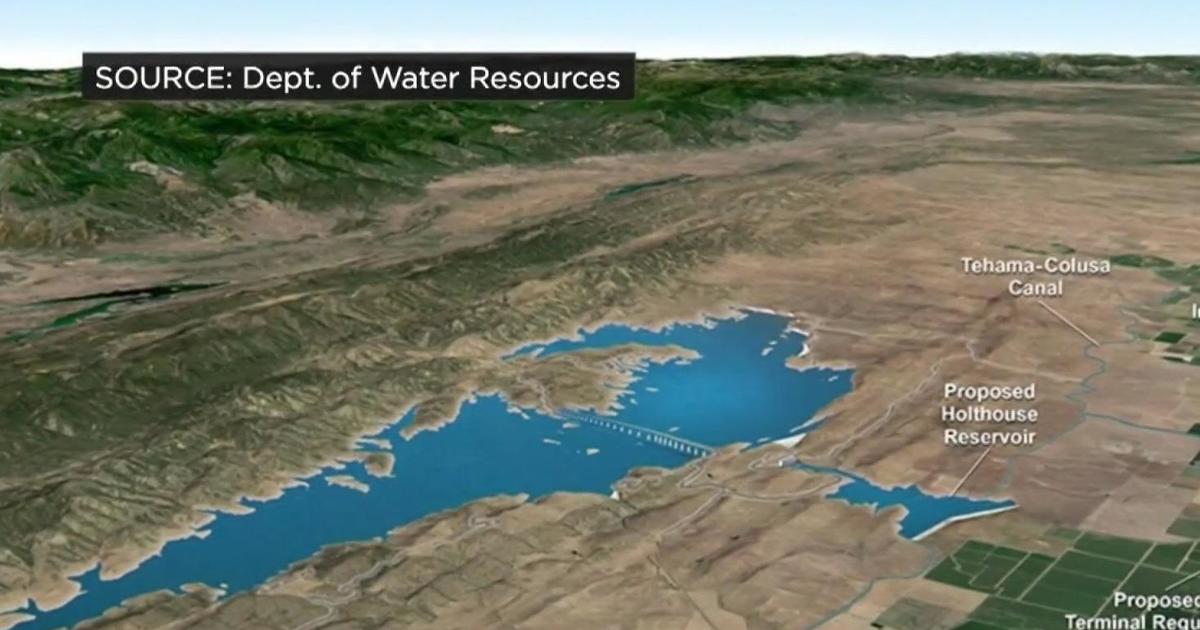Mars To Make Closest Pass By Earth In 15 Years
By Terry Eliason
BOSTON (CBS) — Water on Mars? Wait, what? Perhaps you heard the news. . . the European Space Agency has reported finding a large pond of liquid water on Mars! Hang on though, don't book your Mars vacation plans just yet.
If it sounds like we've heard this before, well we have – kind of. There have been various reports over the years of finding evidence that water ONCE existed in large quantities on the Red Planet. There have even been reports of ice being locked up deep below the Mars surface.
Wednesday's news is a bit different, however. The European Space Agency's vehicle currently on Mars, "Mars Express," has found something potentially groundbreaking and quite different from all the prior findings. About 1,500 meters below the surface, Mars Express has detected a very unusual material, stretching for about 20 kilometers. The Mars Express team (otherwise known as MARSIS) believe that this new area they have found is actually a lake of sorts sitting below the Martian surface.

You may be wondering, how do you find water a mile under the Mars surface without digging for it? Good ol' fashion radar of course! Radar signals from the Mars Express are bounced through the ground and are able to detect differing substances to a depth of about 1.5 kilometers Thing is, temperatures at that layer of Martian soil run about -68 Celsius, so how on Earth (or on Mars) could there be liquid water down there?
The answer is simple – salt. Just like Earth, Mars has salts (much more than in Earth's oceans) in its water. And if you have enough salt, you can depress the freezing level of water ever lower than the -68 Celsius. Now, if you were to figure out a way to dig down into this Martian lake, I don't think you would want to go for a swim. The liquid water is likely to be very salty and sludgy (briny). Truth is, with the current technology on Mars, we cannot be certain that water has been found, but several signs are pointing that way. Future missions with more advanced technology will undoubtedly help solve the water on Mars mystery.
In the meantime, you can get one heck of a view of the Red Planet this week from your own backyard! This Friday Mars will reach its perihelic opposition (its closest pass by the Earth and Sun in its orbit at the same time). Last time this occurred was way back in 2003! Mars' distance from Earth varies greatly from year to year. . . at its farthest distance it reaches about 250 million miles from our planet. This week however it will be a mere 38.5 million miles away! This is certainly close enough for amateur astronomers (essentially anyone with a decent telescope) to get a great view. One caveat though -Mars has been experiencing a planet-wide dust storm for the last couple months, severely obscuring the view from Earth. So if your view looks a little hazy, that is likely the cause.
No telescope? No problem! You can see Mars with the naked eye as long as you have a good view of the sky (and obviously a clear night). Around 10 p.m. on the 26th through the 28th it will appear just below the Moon. In fact, on Friday night Mars will sit just to the lower right side of the full moon in the southeastern sky.
Lastly, Mars won't be this close again to Earth until the year 2035. In the years to come you will likely hear more and more about this next close encounter as NASA and other space agencies make plans to actually visit the Red Planet. Undoubtedly they will want to plan to do so when Mars is closer to Earth in its orbit…so 2035 here we come!
[H/T CBS Boston]



